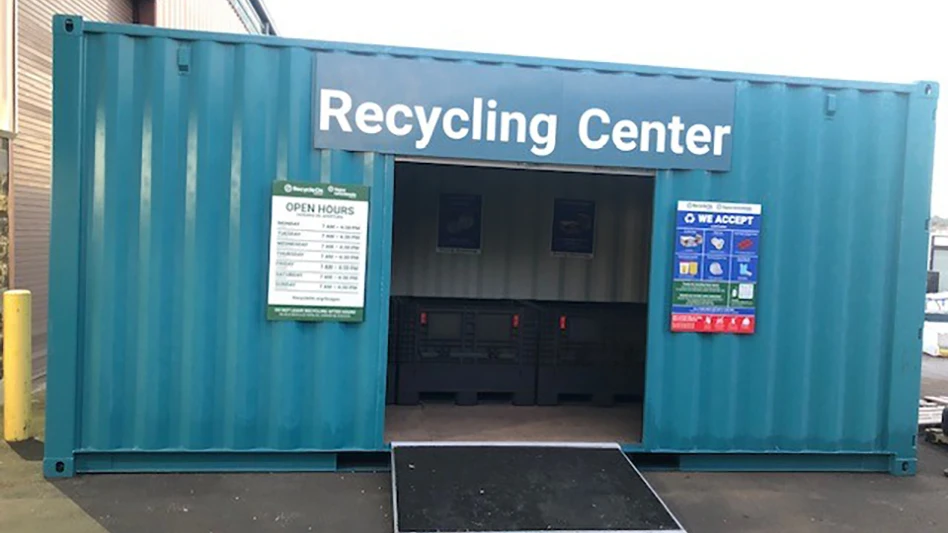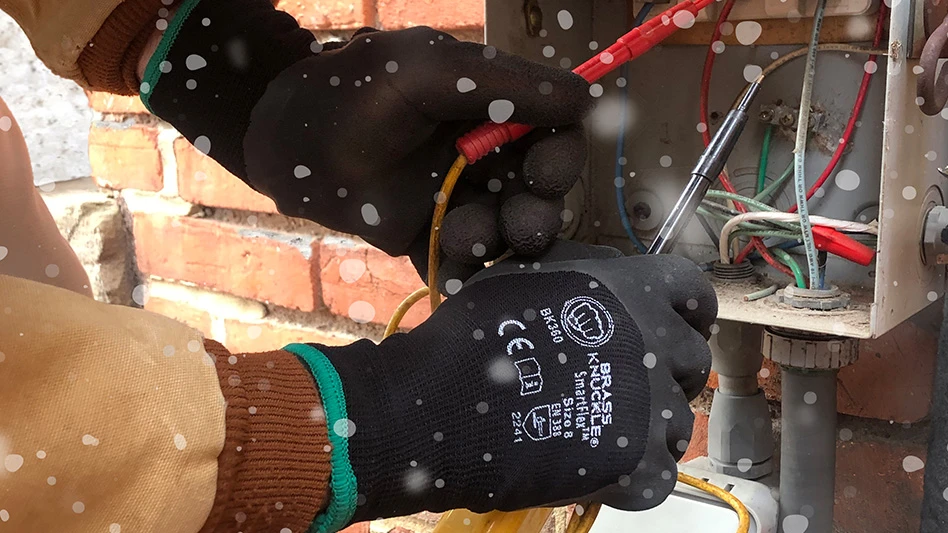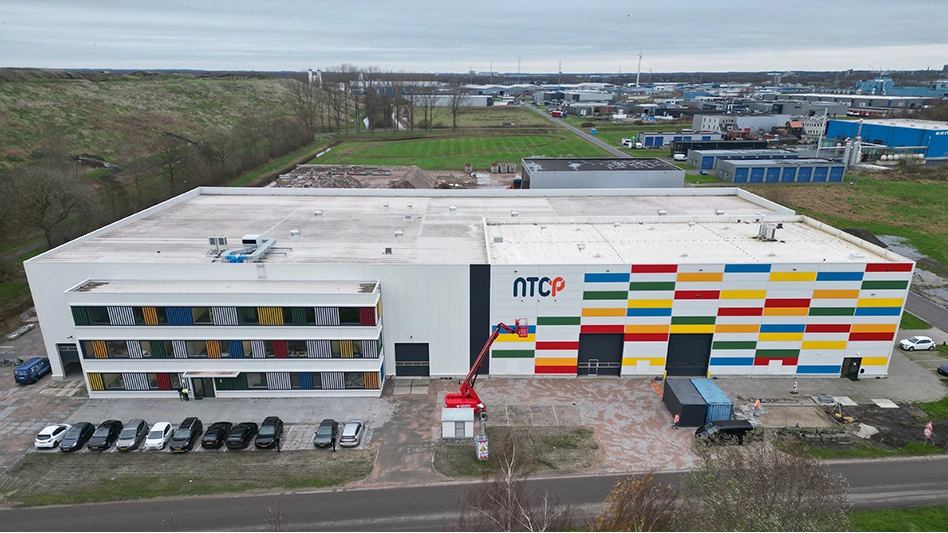Peterborough, U.K.-based RECOUP and the London-based British Plastics Federation (BPF) have launched new guidance to help packaging designers create easy-to-recycle plastic packaging.
The guidance was introduced by RECOUP’s CEO Stuart Foster at the BPF Packaging Seminar 2018 in London, Nov. 28, and outlines which combination of closures, seals, labels and materials ensure recycling plants can easily separate and recycle the plastics.
The organizations are encouraging big brands to use the guidance to ensure their packaging can be easily processed at the end of their lives to avoid going to landfill.
The plastics industry is providing the resource to top product design schools across the country, distributing it within the plastics manufacturing industry and offering it free of charge on the BPF and RECOUP websites.
Philip Law, director general of BPF, says, “We are very happy to collaborate with RECOUP on this project and hope this step helps bring together stakeholders involved in the production of plastic packaging so we can pool our knowledge and expertise to help leave the environment in a better state for future generations.”
RECOUP CEO Stuart Foster said at the BPF Packaging Seminar, “As interest in designing packaging for recyclability has grown in the past 12 months, it has been recognized that we need summary guidance, and this is what we have done. We hope this will help people on their journey to developing more recyclable packaging.”
Based on the advice of experts in the industry, the document provides simple tips, including avoiding the use of strong colors, ensuring that closures are easily separable and, when possible, packaging products should be composed of a single material. Detailed information is also offered on what to do when using multiple types of plastics, including which plastic types can be combined and which combinations should be avoided.
The full guide is available at bpf.co.uk/eco-design.
Latest from Recycling Today
- US Steel to restart Illinois blast furnace
- AISI, Aluminum Association cite USMCA triangular trading concerns
- Nucor names new president
- DOE rare earths funding is open to recyclers
- Design for Recycling Resolution introduced
- PetStar PET recycling plant expands
- Iron Bull addresses scrap handling needs with custom hoppers
- REgroup, CP Group to build advanced MRF in Nova Scotia





